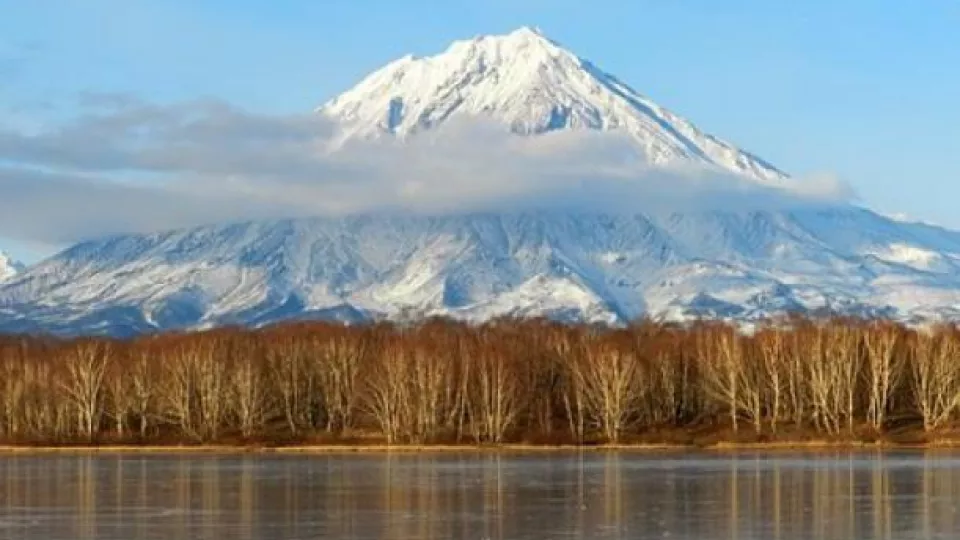Previous calculations have shown that vegetation and land use are important factors that should be included in climate models, as they both affect, and are affected by, climate change.
“Now we can perform targeted experiments to understand the importance of land use and dynamic vegetation for the global climate”, says Paul Miller, a researcher at the Centre for Environmental and Climate Science at Lund University.
Dynamic vegetation refers to changes in vegetation over time, such as trees and plants growing or dying, competing with one another, reacting to disturbances such as wildfire, and increasing or decreasing in range depending on how the climate changes.
The vegetation on Earth is affected when the climate changes. Vegetation, in turn, also influences the climate. On one hand, this is due to various physical processes, such as evaporation and reflection of solar radiation. These processes vary depending on the type of vegetation in an area. When it is snowing, for example, a grass ecosystem or tundra can become almost completely white and reflect most of the sun's rays, which does not happen to the same extent in a wooded area.
On the other hand, vegetation plays an important role in the carbon cycle. Different vegetation and ways of using land have different effects on the atmosphere’s carbon dioxide content. For example, forests usually hold more carbon than an agricultural field does.
With the new model, researchers are now investigating the role that dynamic vegetation and land use play in scenarios with few changes to current emissions, and those in which emissions are reduced.
“What, for example, does the future hold for the Amazon and the boreal forest in the northern hemisphere; both huge land-based carbon reservoirs? Will they continue to be carbon sinks in the future and continue to absorb carbon from the atmosphere? Will trees take over the current tundra? And how does all this affect the global carbon cycle?” says Paul Miller, who is also coordinator of the research environment MERGE within which the project is coordinated.
Another key issue included in the model is the supply of nutrients, specifically nitrogen.
"With a different climate, new areas can potentially become suitable for vegetation, but if there are not enough nutrients, plants cannot survive," explains David Wårlind, a researcher in physical geography who focused on the role of the nitrogen cycle in the model.
This too – that the nitrogen cycle is included – is somewhat unique. In the latest report from the UN Intergovernmental Panel on Climate Change (IPCC), the results of only two such models were included.
Previously, other climate models, with a simpler representation of vegetation, have shown that changes in vegetation and land use can lead to significant, additional temperature changes regionally. In the model developed at Lund University, the researchers work with a completely new level of detail regarding vegetation, simulating at the individual level, that is, including every age-class of trees.
“It is unique with such a detailed description of vegetation”, says Paul Miller.
Agriculture and pasture lands are also included for the first time.
Overall, Paul Miller hopes that the model will lead to more realistic future climate scenarios and improved understanding of climate change in general.
“All the information we get helps us come up with better solutions in terms of the emissions and land use changes needed to reverse the global warming trend”, he says.
His colleague Lars Nieradzik, a researcher in physical geography who also worked on the model, agrees. Having all the components that affect the climate included in one global model is vital, since the atmosphere, land and oceans are interwoven in reality.
“Being able to simulate the world's ecosystems more realistically in climate models is of the utmost importance. It is the sharpest tool we have when estimating future changes to the climate”, concludes Lars Nieradzik.
About EC-Earth
EC-Earth is a European consortium that enables researchers from all over Europe to collaborate on climate modeling. Individual countries rarely have the opportunity to do the extensive data simulations that are required on their own.
The researchers in Lund have specifically contributed with the model LPJ-GUESS which can simulate detailed vegetation and land use. By using it in EC-Earth's climate modeling, they contribute with new knowledge about the importance of vegetation and land use for the global climate.
All the results arrived at will be a contribution to CMIP6, a compilation of results from a number of different global climate models. The results form the basis for the reports compiled by the UN Intergovernmental Panel on Climate Change (IPCC).
